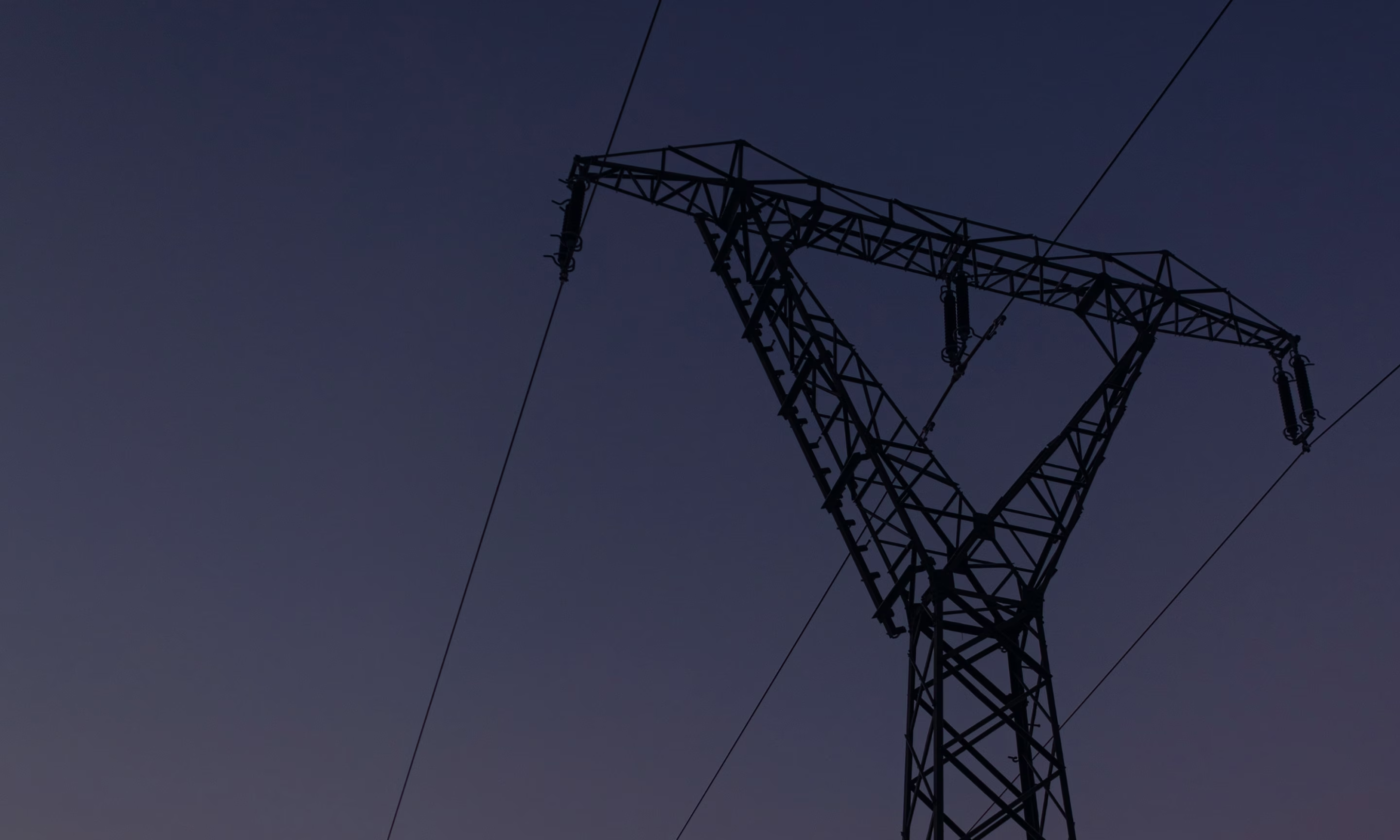From electric vehicles and data centers to heating and heavy industry, demand for electricity is accelerating. Yet the grids we rely on remain rigid, reactive, and too slow to adapt.
Instead of flexibility, we’re seeing volatility. Instead of resilience, we’re facing rising costs and greater risk of outages.
Most attention still goes to building more capacity. But there’s a smarter way: making the grid intelligent.
avoidable grid investments by 2040
Europe’s electricity demand is rising fast. To keep pace, grid operators are expected to invest more than €2 trillion by 2040.
Smarter use of the grid we already have could avoid up to €700 billion of that cost, along with the emissions and delays that come with new construction.
Source: CurrENT Europe — “Prospects for Innovative Grid Technologies”

Without a smarter grid

Clean energy is curtailed because the grid can’t respond fast enough.

Infrastructure strains under volatility and rising demand.

Balancing costs soar and outages become more frequent.

Electrification slows as connection queues grow.
With a smarter grid

Renewable power becomes fully usable through real-time optimisation

Existing assets work harder through smart dispatch and flexibility.

Grid stability improves while overall system costs go down.

New generation and consumers connect faster, accelerating electrification.

Ursula von der Leyen
President of the
European Commission

Ingrid strengthens existing grid infrastructure through flexibility and real-time control.
The result is an energy system that performs better, costs less, and accelerates the energy transition.






We operate at the heart of the energy transition, where long-term thinking meets real-world impact. At Ingrid, you help power societies and shape what’s next.
We’re a fast-growing international team tackling systemic challenges with curiosity, passion, and ambition. Together, we’re driving the energy transition across Europe.





